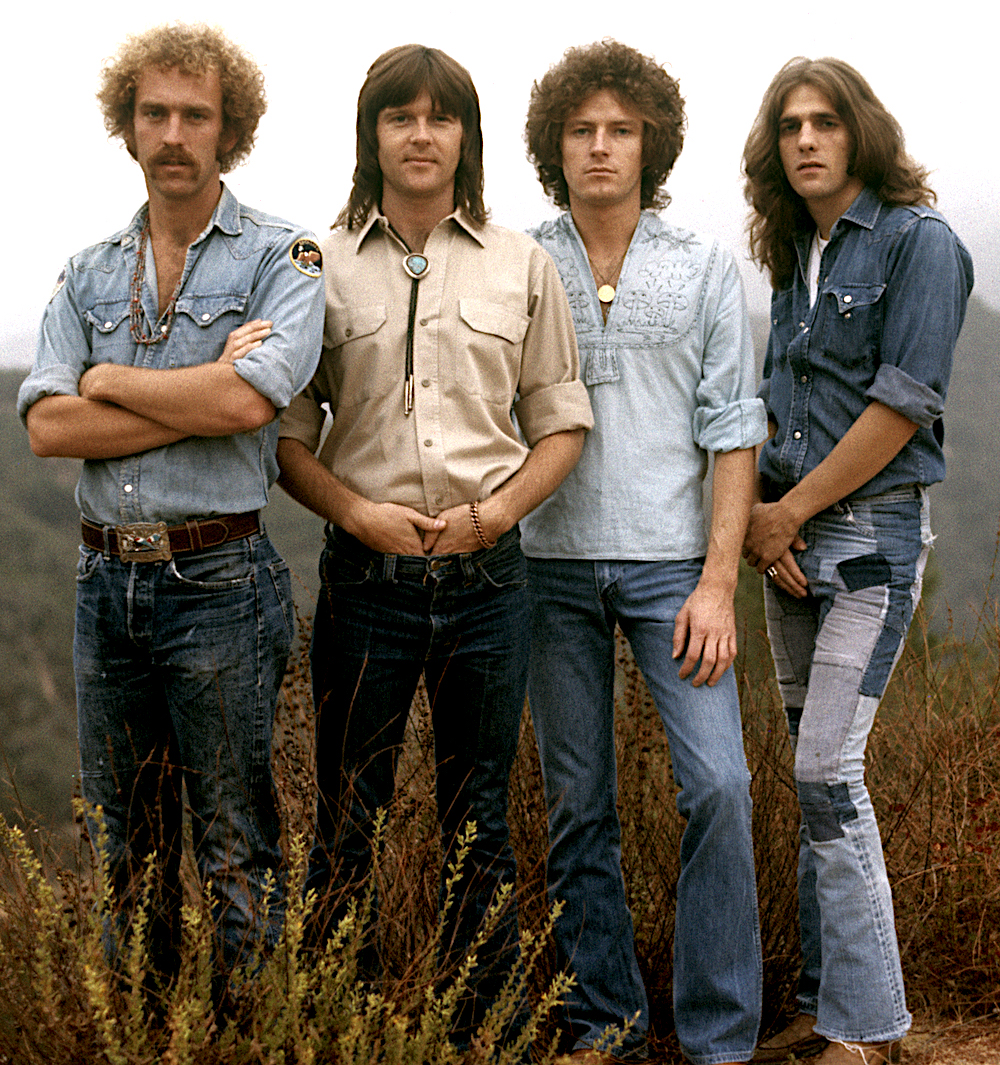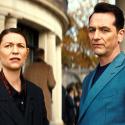It was Alison Ellwood who directed 2013’s History of the Eagles, and now she’s at the helm of this new two-parter on Sky Documentaries, telling the story of the Los Angeles music scene from the mid-Sixties to the early Seventies. The musicians’ community in the streets and meandering side roads off Laurel Canyon Boulevard was a hive of artistic activity encompassing among others The Byrds, The Monkees and The Turtles, Love and The Doors, Crosby Stills & Nash, Joni Mitchell, Linda Ronstadt, the Mamas & the Papas, Jackson Browne and the Eagles. Frank Zappa lived here too, and even the strikingly un-hippyish Alice Cooper.
To steal from Wordsworth, “Bliss was it in that dawn to be alive”, since this was a blue-skied, sun-drenched era of creative and personal freedom and musical innovation. Before too much money and drugs of the wrong kind started driving everyone crazy, the musicians enjoyed a life of communal give-and-take, wandering in and out of each other’s homes and indulging in mutual collaborations, both artistic and personal. Music, from back porch acoustic balladry to the sound of bands rehearsing, shimmered in the air of the Hollywood Hills, along with the aromas of pot, eucalyptus and wild flowers. Outside, America itself was undergoing profound changes, which would gradually seep into the music and the musicians (pictured below, the Mamas & the Papas).
 Ellwood’s method here has been to assemble a seamless patchwork of vintage still and moving images, bringing the era to life so vividly that the intervening half-century suddenly seems to melt away, then adding audio commentary from a wide selection of the artists and scene-makers. The party-hosting, ever-networking Cass Elliot, once dubbed “the Gertrude Stein of Laurel Canyon” by Graham Nash, emerges as a crucial catalyst for many a romantic or musical development (there was a great photo from Cass’s house of Eric Clapton studying Joni Mitchell’s open-tuned guitar-playing), while Nash himself is a particularly eloquent commentator on the history of life in the canyon. The recently-deceased Elliot Roberts, manager of Mitchell and CSN, and his business partner David Geffen are given due prominence for their roles in creating new ways of approaching the business of music to accommodate this free-thinking new generation of artists.
Ellwood’s method here has been to assemble a seamless patchwork of vintage still and moving images, bringing the era to life so vividly that the intervening half-century suddenly seems to melt away, then adding audio commentary from a wide selection of the artists and scene-makers. The party-hosting, ever-networking Cass Elliot, once dubbed “the Gertrude Stein of Laurel Canyon” by Graham Nash, emerges as a crucial catalyst for many a romantic or musical development (there was a great photo from Cass’s house of Eric Clapton studying Joni Mitchell’s open-tuned guitar-playing), while Nash himself is a particularly eloquent commentator on the history of life in the canyon. The recently-deceased Elliot Roberts, manager of Mitchell and CSN, and his business partner David Geffen are given due prominence for their roles in creating new ways of approaching the business of music to accommodate this free-thinking new generation of artists.
Interestingly, about the only people who appear on screen as their current selves to narrate parts of the story are photographers Henry Diltz and Nurit Wilde, who photographed everybody in that era. Diltz, originally a musician in the Modern Folk Quartet, had a nice anecdote about how he shot the cover for the first Crosby Stills and Nash album at a decrepit shack in the hills. Then he belatedly realised that he’d shot them as Nash, Stills and Crosby, but when they went back for another go the building had already been bulldozed (pictured below, the original Eagles line-up).
 The musical clips are great, whether it’s the Mamas & the Papas doing “California Dreamin’” at the Monterey Pop Festival in 1967, the Buffalo Springfield playing “Mr Soul” on TV or Jim Morrison’s trance-like delivery of “When the Music’s Over”, but the fascination lies in the little details. Who knew that a young Harrison Ford, then a carpenter, built the music room in Monkee Peter Tork’s house? Love’s guitarist Johnny Echols recalls how his band weren’t happy being on the Elektra label, and tried to get the label to sign The Doors and release Love. Instead, Elektra lavished all their promotional efforts on The Doors while refusing to let Love go. “We shot ourselves in the ass,” Echols laments.
The musical clips are great, whether it’s the Mamas & the Papas doing “California Dreamin’” at the Monterey Pop Festival in 1967, the Buffalo Springfield playing “Mr Soul” on TV or Jim Morrison’s trance-like delivery of “When the Music’s Over”, but the fascination lies in the little details. Who knew that a young Harrison Ford, then a carpenter, built the music room in Monkee Peter Tork’s house? Love’s guitarist Johnny Echols recalls how his band weren’t happy being on the Elektra label, and tried to get the label to sign The Doors and release Love. Instead, Elektra lavished all their promotional efforts on The Doors while refusing to let Love go. “We shot ourselves in the ass,” Echols laments.
Then there are tales of the tangled love-lives of the Mamas & the Papas, with the evidently not very likeable John Phillips happy to entertain countless young women but flying into a rage when his wife Michelle had her own affair with The Byrds’ Gene Clark. He even tried to have her fired from her own band. Even in this supposedly enlightened new era, Nurit Wilde notes that “women were still subservient to men.” Not sure that could be said of Joni Mitchell, whose brief but intense love affair with Graham Nash is wistfully recalled by the latter, but Joni has her own amusing little moment when a TV interviewer asks her who she is. Mitchell, taking this for a profound metaphysical question, responds with a long and thoughtful silence, but all the interviewer wanted her to say was “I’m Joni Mitchell”.
In the second instalment of Laurel Canyon, the skies darken with the appearance of Charles Manson and his psychotic retinue in LA’s garden of delights, while the Altamont festival douses the peace-and-love era in a welter of violence and death. All things must pass, but Ellwood has captured something of the spirit of the age.















Add comment